#lamination
Photo
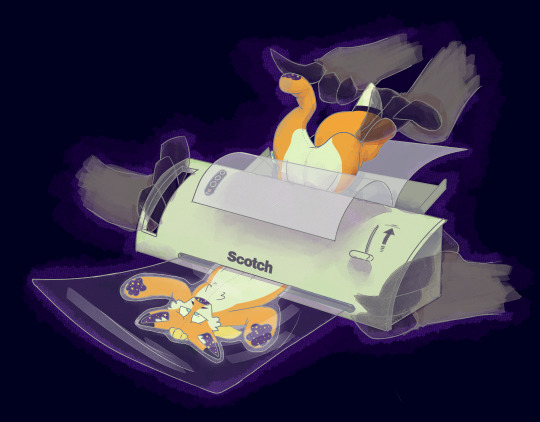
New Badge
Stop moving, the plastic is warping.
Something spooky for ranfox from my weekly streams in October!
#furry#furry art#streammission#halloween#spooky#Ranfox#plush#laminator#lamination#flattening#permanent#stuck#ghost hands
77 notes
·
View notes
Text
chocolate guy says ‘I know what the people want’ *spreads the dough like a butt*
youtube
#girl wake up#it’s the#chocolate guy#amaury guichon#pastry chef#lamination#croissant#pain au chocolat#bicolour lamination is so fucking sexy#totally going to use that powdered toffee trick (I hope it doesn’t fuck up my coffee grinder tbh#Youtube#fuck boy chefs and their delicious food
97 notes
·
View notes
Text

All seen this right? I made my own at school. And printed a few more for my wall. (Bonus Plushia)
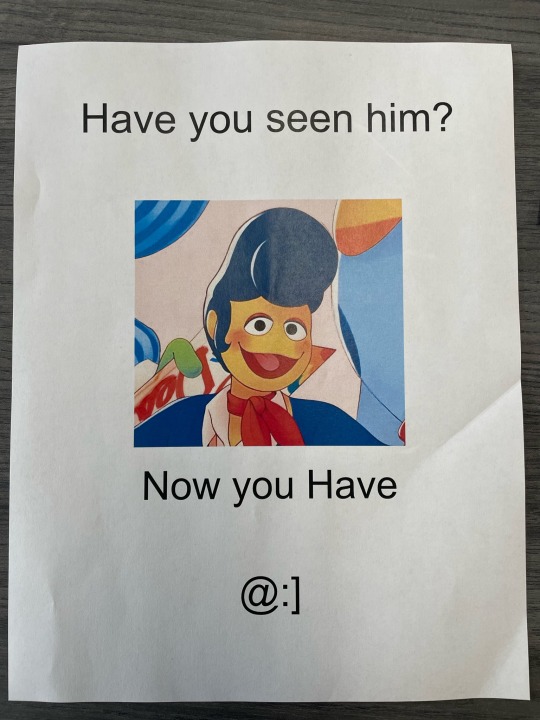
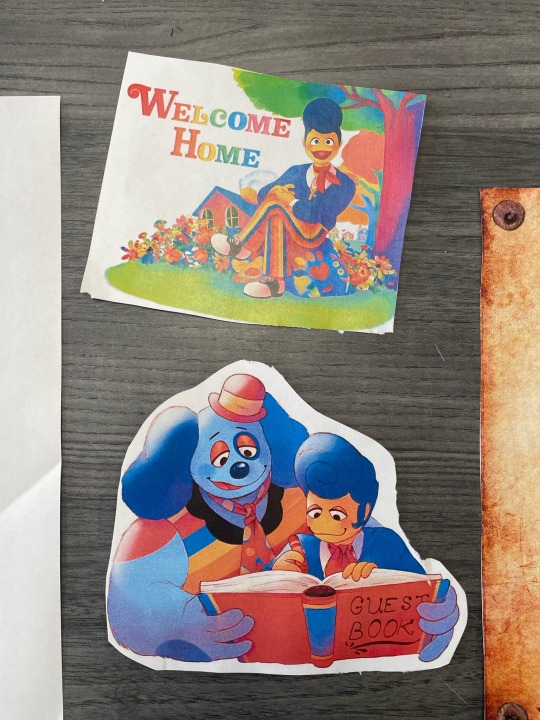

19 notes
·
View notes
Text
BOPP Thermal Lamination Film - Glossy/Matte
Lamination film factory tour-China film group
#heat-seal film#hot melt adhesive film#hot melt adhesive#lamination#adhesive#bonding agent#packaging#printing#label#tape#film#plastic#paper#metal#electronics#medical#food#industrial
5 notes
·
View notes
Note
Please please tell me about printers, I would like to know <b>everything</b>

You asked for it /lh
Ok so some clarification: I spent three years at Staples working with a Xerox C70 color laser printer, so that's where my "expertise" lies.
FIRST OFF - DO NOT EVER GET YOUR PHOTOS PRINTED AT A STAPLES/OFFICE MAX/FEDEX/UPS/ANY OTHER OFFICE STORE!!!!!
All office stores (that I have been to) use laser printers. Laser printers are high capacity (meaning they can print loads of stuff before the toner needs to be changed), and use toner, which is a powder version of the ink that is electrically fixed and baked onto the paper. (Forgive the oversimplification) This means that the color will not soak into the paper/past the coating if there is one. So, if you want a glossy photo printed, you will literally be baking the color over top of the gloss, and the color will not be glossy. It will be ugly. I've made like at least 300 family photos and other shit on a laser printer. Don't do it.
Sometimes you can play with the printer settings (the Xerox C70 has pretty in-depth settings because obv it's for office printing) and you can set the color load to be "glossy" but that really just means a thicker layer of toner. It's a little shinier but not glossy.
Also, laser printers just can't get that tight, crisp color quality that an inkjet can. So many people came in wanting to make their Christmas cards with these ultra high quality photos and wanted them cheap and same-day, and then would complain that they were "fuzzy". Personally, I always thought they looked fine, but white suburban mom Karens complained all the damn time about the "fuzziness" of their fancy professional photos. Inkjet can get the crisp, sharp lines that you see in digital photos and art, whereas the toner, being powder based, just can't quite get it.
ALSO also! The colors on your computer screen will always be a little brighter and nicer than what comes out of the printer! That is because your computer is back lit, it's shining light at your eyes. Paper cannot do that, so sometimes the colors look a little "dark" or "muddy". Personally, I've seen this with really light lavender, beige, and cyan the worst. Combine this with the more limited scope of color mixing with a laser printer, and sometimes you get weird ass colors coming out. If you have a specific idea for your colors, inkjet is the better bet.
Tldr: get your photos printed at Walgreens or Walmart, or send them somewhere that specializes in photo printing.
There are two main categories of printers, Laser and Inkjet. You have an inkjet if you have a printer in your home.
Inkjet printers have the liquid ink in the cartridge, that's why you have to wait a little bit before it dries, especially for specialty papers or really old printers. The liquid ink can soak into the paper/through the coating, so that's where you get the nice glossy photo prints. ((You can also buy sheets of primed canvas for inkjet printers, which is super cool and I definitely have a bunch of it for some of my favorite digital artworks from friends)).
Ink can come in two types - dye based and pigment based. You have dye based ink if you have a printer at home. Pigment based inkjet is for like,,, the top of the top art printing. It's expensive as hell, but it doesn't fade from light exposure, like dye ink can. (Don't worry, the things you print at home are not likely to fade very much, unless you have them in direct light and never turn the lights off. I have seen photos fade because of light exposure, but that's because Staples never turns any of the lights off for whatever reason, and we had printed pictures using the poster printer to get the nice gloss without realizing.) Pigment based is also apparently a powder, but I'll be honest I don't know how it's fixed to the paper. I assume heat as well. (I've never gotten to work with a pigment printer, I only know about them because I was looking for good printers to print art and found out about them, then I saw the price tag and was like lolol)
When buying specialty paper to print on (like photo paper or canvas), you need to check the label!!!! There are papers designed for laser printers that can withstand the heat and accept the toner, and there are papers designed for inkjet that can hold the liquid ink as it soaks through. The coating on an inkjet safe paper is not as heat resistant as ones made for laser. If you put it in the laser printer, the coating will melt, and you will ruin the internal machinery. I have seen it happen. Don't do it.
Speaking of specialty paper! Have you ever heard of pearlized paper??? It's my favorite paper!!! It's sparkly!!!! 😍
Pearlized paper is typically for laser printing; I've tried to print on it with an inkjet but it came out looking really weird. It's shimmery without having chunky glitter on top that will fall off and go everywhere. Go to your local Staples and ask if they have pearlized paper, just to look at. Pictures can't do it justice. (My business cards for my fairies are printed on soft pearl, which is ivory colored, because I printed and made them myself so I got to do what I wanted /lh) We mainly used it for weddings and stuff, but I recommended for all kinds of stuff because I thought it was so cool.
Other papers: the two main types of paper you will work with at home are regular paper and cardstock. Cardstock just means thick. Both can come in tons of cool colors and textures (linen texture is my personal favorite, you usually buy it as 'resume' or 'business' paper.) you know how thick a piece of paper is by its "weight" which is measured in pounds. I don't know why it's measured in pounds, it just is.
If you want a nice quality paper to print on that's still flexible and foldable, you want to look for something that's 24-30lbs. Typical cheap copier paper is 20lbs, and a lot of the time you can see through it, i.e. if you print something double sided you'll be able to see a little of the text on the back showing through. I have found that 24lbs is thin enough to be more affordable (per ream), but thick enough to not have the bleed through. We had a 32lb paper that was thick nice thickness and super smooth, and we called it "ultra premium". It was nice, but I wouldn't print like flyers and stuff on it. I did a lot of booklets with that one.
If you're gonna get a cardstock, get something 60~lbs and up. 65lb is a really good thickness if you're printing coloring pages because it soaks up the marker ink and holds it nicely. Use 100lb if you're making a coloring *book* that's going to be double sided.
Cardstock cannot be machine folded without a really heavy duty machine, and it's very annoying because those machines are usually at the high-volume production centers and not in-house, so customers complain that they have to wait for their booklets. >.>
When working with business cards, post cards, and the like, you will hear about "bleed area" or "print to bleed". That just means whether or not the ink can go all the way to the very edge of whatever is being printed. When you design a business card or other card to be printed, you will typically have a bleed area, where you want the background to go a little farther than the actual size of the card to allow for cutting, but you want to keep any important text or photos to a certain area so it doesn't accidentally get cut off. The bleed area is not a negotiation. If you don't have space for the bleed, something will get cut off.
At Staples, our business cards were 2x3.5 inches, but the designs had to be about 2.25x3.75 to allow for bleed. The number of times I had to go in and manually fix some idiot's card because they didn't understand what a bleed was is absolutely absurd.
You can get full page size (8.5x11) printed to bleed, for things like flyers with special borders and letter heads, but those also require specialized printers that are at the production facility. The number of people who outright refused to understand this was also absurd. If you have a printer at home, there is a 99.99% chance it is not able to print to bleed for a full 8.5x11, and that's why you still have a white edge if you try to print something that is supposed to have color all the way to the edge of the paper.
My final bit of advice before I end my rant: when you're financially independent and able to/want to buy your own printer, if you plan on making your own art prints to sell, do NOT get an HP printer. HP is fine for general use, it prints well and it's pretty ink-efficient, but it's just not got the super fine quality. Brother and Canon are the two brands I personally recommend for art and photography; they're more expensive but they have a really nice quality of printing. I had to do a lot of training for HP printers and computers, and it's a lot of big words that mean very little in the grand scheme of things.
#warcats answers#ranting about printers#new friend#toaster friend#i hated management at staples#but if i owned my own xerox c70 i would be unstoppable#i didnt even go into printing settings and all the weird shit you can do there#gangup printing! double sided half-sheet-size books!!#alignment and how it affects paper weight#all the other little machines we had#i have a spiral binding hole punch on my Christmas wishlist#ream cutter that can cut 100 sheets of paper in half in three seconds#the poster printer in general#lamination#copying#faxing#types of bindings#i have to stop myself lol#those topics can be for some other day#thank you for the question 💜#it really perked up my day 💜
3 notes
·
View notes
Text
ugh really sorry to tell you this, but I accidentally flat-stanley’d your boyfriend. Yeah with a corkboard like in the book. BUT, hear me out here, you can wiggle him like laminated paper and hear him go weemp womp weemp womp now! There’s a pro and a con so it balances out
#your boyfriend#garbage post#THROW YOUR THOUGHTS INTO THE TEXT POST#misc#your boyfriend meme#lamination#laminated#weemp woomp
12 notes
·
View notes
Text
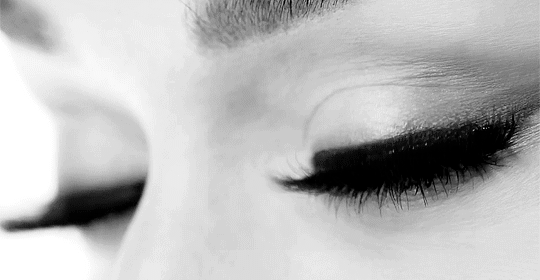
I just want to have this beautiful lashes 😍👀
#lashes#eyes#beautiful#makeup#rzęsy#laminacja rzęs#eyelashes#eyelashcare#eyelashproducts#lamination#eyelash lamination
4 notes
·
View notes
Text
Super Traders India: Best signage industry in Delhi NCR
Promote your business with our promotional sigange products i.e. Roll up stands, standy products, banners, display board etc.
Are you looking for signage industry for your business promotion??
Supertraders_India Portable event backdrops and trade show displays that pack down compactly.
Retil pop-up banners to draw customer attention to products/sales.
Visual aids and information stands for schools, offices and public space
Flex
Sunboard
Vinyl
Lamination
Stany ink
for designing in Delhi(NCR)
No search more We at Super Traders are there to serve you.
Buy now
Call us: +91-783860006,
#roll up stands#standy products#Super Traders India#business branding#Stands#Lamination#sunboard#Delhi NCR#trading company
2 notes
·
View notes
Text
In case you were wondering how this is done, or just need some library asmr.
11 notes
·
View notes
Photo

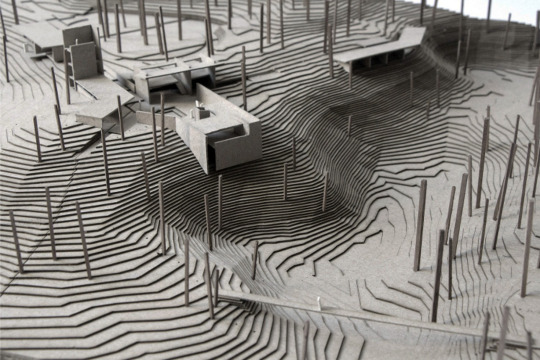

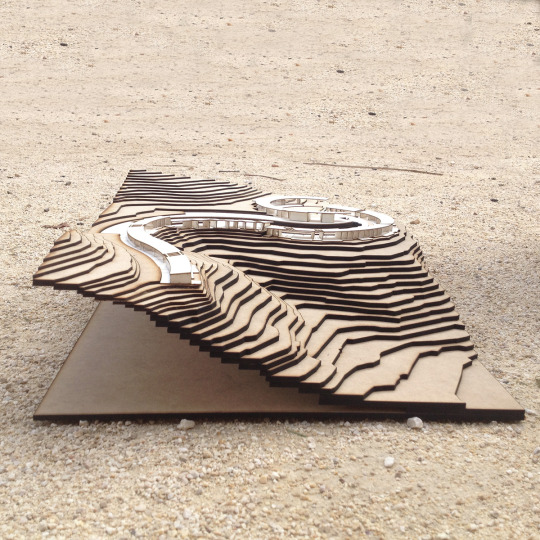

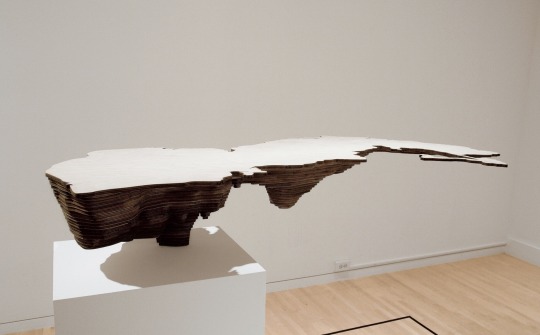
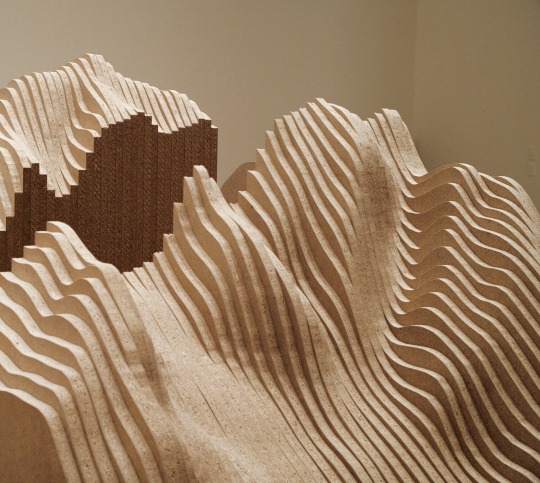


CONSTRUCTED MODELS....
images 1+2 (from top): contours a stacked and laminated layers; trees are represented as thin dowels
images 3+4: contours are stacked but do not overlap fully (hollow underneath needing support; saves material)
images 5-6: maya lin, systematic landscapes - contours created by vertical laminated panels; contours create by laminated horizontal layers https://www.mayalinstudio.com/art/systematic-landscapes
images 7-8: contours created by vertical planes (without gaps (maya lin) and with gaps)
image 9: a more conceptual approach to model building (layering, material change, texturing of surfaces)
_ik
13 notes
·
View notes
Text


Random photos this week! Random activities, too!
Since Kiaree loves picking up flowers, I decided to just press them all til dried and ready for lamination.
It's a good and useful gift!
#yupitsi#random photos#mama#papa#fambam#ohana#aianna#kairee#lamination#laminate#dried flower#pressed flower#laminated flower
3 notes
·
View notes
Text



Choice better picture for my instagram post.
1,2,3?
#makeup#beauty tips#makeup tips#charlotte tilbury#fashion#beautiful skin#foundation#korean beauty#sensitive skin#spf50#lamination#cute face#freakles#hazel green#heterochromia#calzedonia#trendmodel#creative makeup#morphebabe#Spotify
2 notes
·
View notes
Text
Guys, which cover finish should I use for the book?
Matte
Gloss
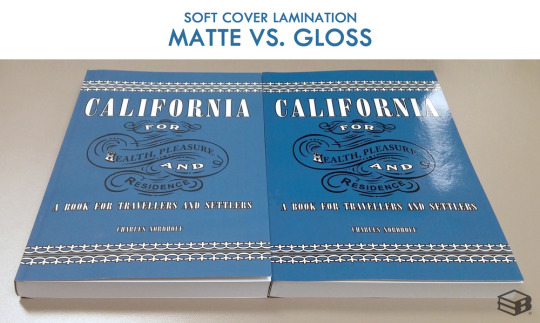
3 notes
·
View notes
Text
PET Thermal Lamination Film (14 Micron) for Increasing Lamination Efficiency
The packaging and lamination business is transforming because durable features of PET thermal lamination film. With 14-micron film offering a high yield, Let's explore how this PET thermal lamination film maximizes packaging effectiveness in different sectors of the economy
Cost-Effective Solution: The affordability of PET thermal laminating film is one of its best qualities. Its exceptional durability and protection for packaged objects, make it an affordable option for firms seeking to improve their packaging without going over budget.
High Yield: This PET thermal lamination film has high yield properties, which means that frequent roll changes will result in less downtime and longer usage. The high yield boosts production and operating efficiency.
Versatile Applications: This PET thermal lamination film (14 Micron) is ideal for a variety of uses. This thermal lamination film provides flexibility and adaptation to various Lamination requirements, whether it is used for Boxes, cosmetics Boxes, electronics boxes, catalogs, posters brochures, etc
Better Protection and Bonding: PET thermal lamination film offers better protection and bonding to a variety of substrates, guaranteeing that the Lamination will stay safe. Because of its protective qualities, the laminated items are shielded from moisture, dust, and other environmental elements, preserving their quality.
Environmentally Friendly Option: PET thermal lamination film sticks out as an environmentally friendly choice as sustainability becomes a major concern in the packaging sector. It is compliant with eco-friendly policies and practices, easily recyclable.
Enhanced Visual Appeal: In addition to its practical uses, PET thermal lamination film improves the packaging's aesthetic appeal. It gives things a glossy sheen that gives them a more upscale appearance, increasing customer appeal and enhancing brand image.
#thermal lamination film#pet thermal lamination film#lamination#packaging#rigid box corner tape#venus thermal lamination film#thermal lamination
0 notes
Text
Lamination film factory tour-China film group
#heat-seal film#hot melt adhesive film#hot melt adhesive#lamination#adhesive#bonding agent#packaging#printing#label#tape#film#plastic#paper#metal#electronics#medical#food#industrial
5 notes
·
View notes
Text
The Art of Protection: How Car Over Lamination Preserves Your Investment
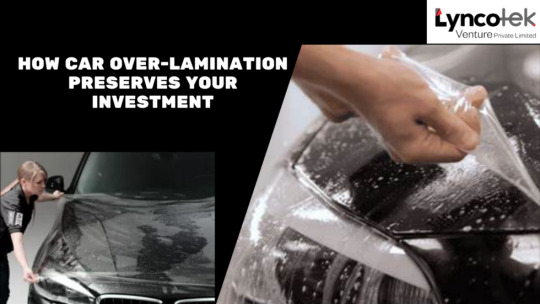
Introduction to Car Over Lamination
In this blog we will discuss about Car Over Lamination : In today’s world, in which vehicles are not just modes of transportation however additionally considerable investments, protective their appearance and value turns into paramount. One of the simplest approaches to safeguard your car against the elements is through the artwork of over-lamination. This option provides protection that goes beyond traditional options, ensuring the longevity and beauty of your car for years to come.
Understanding the Concept of Over Lamination
What is Over-Lamination?
Over lamination is a protective technique in which a smooth or colored film is applied to the surface of automotive paint or materials. This film acts as a shield, protecting it from scratches, UV rays, dirt, and various external elements that may harm the vehicle.
How Does Over Lamination Work?
The over lamination system entails carefully adhering a thin layer of defensive film onto the surface of the auto. This film is specially designed to withstand various environmental stressors simultaneously and to provide clarity and robustness. Once applied, it blends seamlessly with the car’s paint to form an invisible barrier that supports both safety and aesthetics.
Benefits of Car Over Lamination
Protection Against Environmental Factors
One of the main advantages of overcoating is its ability to protect the vehicle from a wide range of environmental hazards. Whether it’s road debris, bird droppings or harsh weather conditions, the protective film acts as a barrier, preventing damage and preserving the car’s pristine appearance.
Enhanced Aesthetic Appeal
In addition to protection, over lamination also can decorate the visual appeal of the car. The obvious film continues the original coloration and shine of the paint at the same time as adding a sleek finish that accentuates the car’s curves and lines.
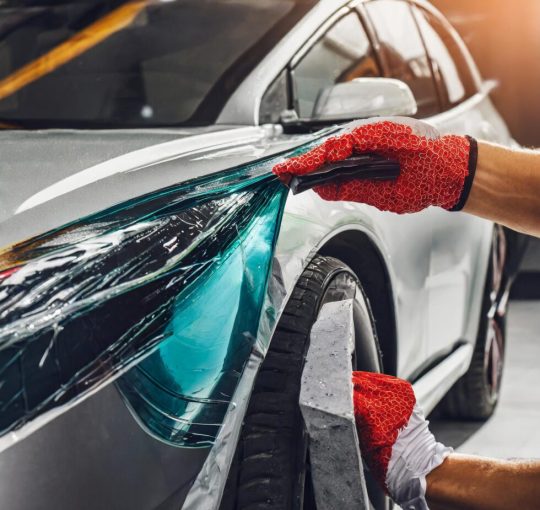
Maintenance of Resale Value
By making an investment in over lamination, automobile proprietors can make sure that their cars retain their resale price over time. The defensive movie acts as a guard in opposition to put on and tear, minimizing the need for steeply-priced upkeep and maintaining the car’s market enchantment.
Types of Car Over Lamination
Clear Bra Car Over Lamination
Clear bra over lamination is a famous choice among car owners seeking most safety without compromising aesthetics. This without a doubt invisible movie gives an extra layer of defense against scratches, chips, and different varieties of harm, all while preserving the authentic appearance of the car.
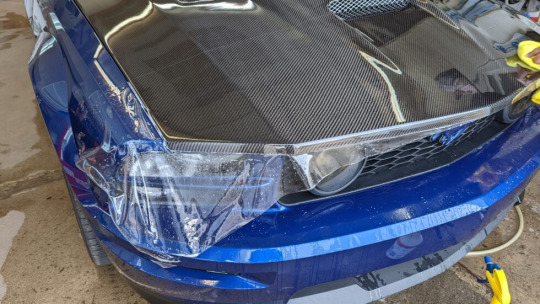
Vinyl Wrap Car Over Lamination
Vinyl wrap over-lamination offers a more customizable approach to car safety. Available in lots of hues and finishes, this form of over-lamination lets in automobile proprietors to customize their cars whilst simultaneously safeguarding them from environmental dangers.

Choosing the Right Over Lamination for Your Car
When selecting an over-lamination option for your car, several factors should be considered:
Consideration of Budget
Different forms of over-lamination range in fee, so it is essential to determine your budget earlier than you decide. While clear bra over-lamination may be extra pricey in advance, it often pays off in the long run with its superior safety and sturdiness.
Longevity and Durability
The longevity and durability of the over laminated film are important issues, especially for those looking for long lasting protection. The clear bra over-lamination is known for its durability and resistance to yellowing, setting it apart from motors that withstand extreme conditions.
Desired Level of Protection
The degree of protection required may range relying on elements which include wherein you live and how often you power. Clear bra over-lamination offers the highest level of protection against physical damage, making it perfect for day by day drivers and excessive-mileage automobiles.
The Over Lamination Process
Surface Preparation
Before applying the over lamination film, the auto’s surface have to be very well cleaned and prepped to make certain proper adhesion. Any dirt, grease, or imperfections can affect the quality of the set up, so meticulous education is critical.
Application of Over-Lamination Film
Once the surface is prepared, special tools and techniques are used to carefully apply the overblown film. The film is stretched and molded to the contours of the vehicle, providing complete coverage and a seamless finish.
Quality Assurance
Once the overproduced film is loaded, a final inspection is carried out to ensure that the loading meets the highest quality standards. Any imperfections or air leaks are addressed and adjustments are made as necessary to achieve a flawless result.
DIY vs. Professional Installation
Pros and Cons of DIY Installation
While some vehicle proprietors can also choose a DIY method to over-lamination, there are several drawbacks to keep in mind. DIY kits frequently lack the best and durability of professional-grade materials, leading to inferior consequences and capacity harm to the automobile’s surface.
Advantages of Professional Installation
Professional installation offers several blessings, including get admission to to exceptional substances, expert craftsmanship, and a assure of delight. Trained technicians have the know-how and enjoy to make certain a best set up, maximizing the effectiveness and durability of the over-lamination.
Cost of Over-Lamination
The price of over-lamination can range depending on several factors, together with the kind of film used, the dimensions of the vehicle, and the complexity of the set up technique. While it can represent an preliminary investment, the long-term advantages of over-lamination a ways outweigh the in advance fees.
Maintenance Tips for Car Over Lamination
Proper maintenance is essential to maximize the lifespan and effectiveness of the over-lamination film. Some tips for maintaining over-laminated cars include:
Proper Cleaning Techniques
Use mild cleaning products and strategies to avoid destructive the protecting film. Avoid abrasive substances and cruel chemical compounds that could degrade the movie’s readability and durability.
Avoiding Harsh Chemicals
Avoid parking your vehicle near commercial areas or production web sites wherein it is able to be uncovered to harsh chemicals or pollutants that might harm the protective film.
Periodic Inspection
Regularly investigate your over-laminated car for any signs of damage or wear. Address any issues promptly to save you in addition damage and make certain ongoing protection.
Common Misconceptions About Car Over Lamination
Despite its numerous benefits, over-lamination is often misunderstood. Some common misconceptions include:
It’s Only for High-End Cars
While over-lamination is famous among luxurious car owners, it is appropriate for automobiles of all makes and fashions. Whether you pressure a sports activities car or a own family sedan, over-lamination can assist shield your investment and preserve its value.
Over Lamination is Permanent
While over-lamination is well-known amongst luxurious car proprietors, it’s miles suitable for cars of all makes and fashions. Whether you stress a sports activities sports automobile or a circle of relatives sedan, over-lamination can assist guard your funding and maintain its cost.
Over Lamination Hinders Paint Breathability
Another common misconception is that over-lamination prevents the car’s paint from “breathing” and can increase moisture content. In fact, modern ultra-lamination films provide adequate ventilation, while still providing maximum protection.
Real Life Examples of Car Over Lamination Success Stories
Countless automobile owners have skilled the blessings of over-lamination firsthand. Testimonials from happy clients and earlier than-and-after visuals function compelling proof of its effectiveness in maintaining the advent and price of cars.
Environmental Impact of Car Over Lamination
As worries about environmental sustainability keep growing, it is critical to don’t forget the environmental impact of over-lamination. Fortunately, many manufacturers now provide eco-friendly alternatives crafted from recyclable substances, helping to limit waste and decrease carbon footprint.
Future Trends in Car Over Lamination
Looking in advance, the future of vehicle over-lamination is vibrant. Advancements in shielding movie era, including self-restoration coatings and anti-fouling residences, promise even greater ranges of protection and durability. Additionally, integration with clever technology, along with sensors and self-cleansing capabilities, could revolutionize the way we defend and maintain our automobiles.
Conclusion
In end, the art of automobile over-lamination offers a comprehensive solution for defensive your funding and retaining its cost. By understanding the benefits, types, and installation system of over-lamination, automobile proprietors can make knowledgeable choices that make certain lengthy-time period pleasure and peace of thoughts.
FAQs on Car Over Lamination
Q: Is over-lamination suitable for all types of cars?
A: Yes, over-lamination is suitable for vehicles of all makes and models, from economy cars to luxury vehicles.
Q: How long does over-lamination last?
A: The lifespan of over-lamination depends on various factors, including the type of film used, environmental conditions, and maintenance practices. However, with proper care, it can last for several years.
Q: Can over-lamination be removed?
A: Yes, over-lamination can be safely removed if desired, without causing damage to the underlying paint.
Q: Does over-lamination affect the car’s paint color?
A: No, over-lamination is transparent and does not alter the color of the car’s paint. It simply adds a layer of protection while maintaining the original appearance.
Q: Is over-lamination environmentally friendly?
A: Many manufacturers now offer eco-friendly over-lamination options made from recyclable materials, helping to minimize environmental impact.
0 notes